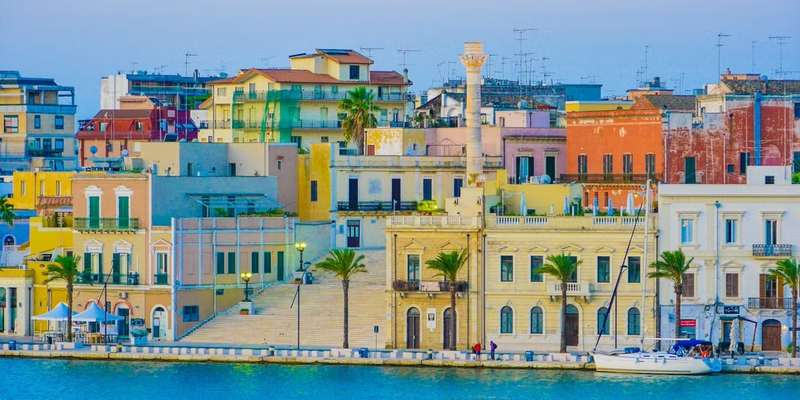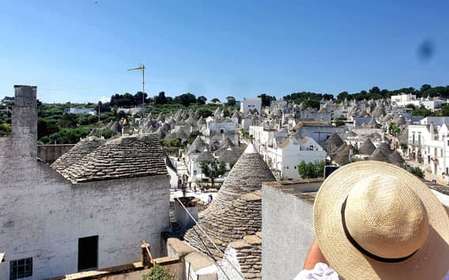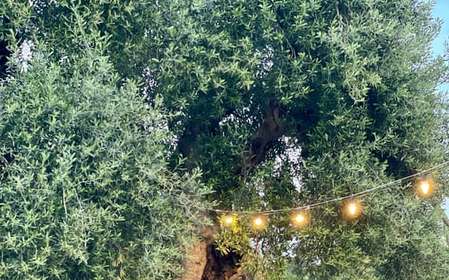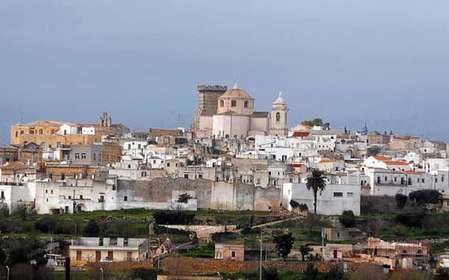- Home
- Useful Tips
- Best neighborhoods to explore...
Most visitors to Brindisi make the mistake of treating this ancient port city as just a ferry terminal, missing its labyrinthine old quarter and vibrant waterfront culture entirely. Recent tourism data shows 68% of cruise passengers never venture beyond the terminal area, while those who do often cluster around the same two overcrowded piazzas. This leaves travelers with a diluted experience of Puglia's most strategically located coastal city, where Byzantine churches hide between baroque palazzos and fishermen's trattorias serve catch literally hours out of the Adriatic. The frustration compounds when you realize those generic 'top 10' lists all recommend the same sanitized spots, leaving no room for serendipitous discoveries down flagstone alleys where laundry flutters between medieval buildings. Authentic Brindisi exists in the spaces between guidebook bullet points – in the aromatic rosticcerias where nonnas buy lunch, along the lungomare where teenagers gather at dusk, and within the warren of streets where Roman paving stones still echo with centuries of maritime history.


Why the historic center beats the cruise port for authentic atmosphere
The area surrounding Brindisi's cruise terminal presents a paradox – while convenient for travelers with limited time, its cookie-cutter cafes and souvenir shops could belong to any Mediterranean port. Venture just 15 minutes northwest into the Centro Storico, and you'll exchange generic tourism for a living tapestry of Puglian daily life. Here, the 13th-century Fontana Grande still supplies water to locals filling glass bottles, while hole-in-the-wall pasticcerias display sfogliatelle still warm from the oven. Unlike the polished piazzas near the port, this neighborhood reveals authentic wear – Baroque facades with peeling plaster, uneven staircases worn smooth by generations, and sudden breathtaking views of the harbor between buildings. Morning is magical here, when sunlight filters through alleyways barely wider than your shoulders and the scent of freshly baked taralli leads you to family-run bakeries. By evening, the area transforms as aperitivo hour brings clusters of Brindisini to tiny enotecas where €5 buys a glass of Negroamaro and a spread of local olives and cheeses.
The waterfront promenade secret – where locals actually stroll
Every guidebook directs visitors to the obvious lungomare near the Monumento al Marinaio, but Brindisi's most atmospheric waterfront walking happens along Via del Mare further south. This 1.5km stretch offers a front-row seat to local life, from dawn when fishermen mend nets on the quays to twilight when families take their passeggiata past Art Nouveau villas. What makes this promenade special are its access points to hidden spots – unmarked staircases descending to rocky swimming platforms, a 16th-century watchtower converted into a casual seafood shack, and benches positioned for perfect sunset views over the old port's bobbing boats. Time your walk for late afternoon to witness the golden hour transform the Roman columns at the water's edge, then follow locals to the unassuming kiosks serving crisp Bombino bianco wine by the plastic cup. Unlike the crowded northern sections, this area maintains a neighborhood feel where shopkeepers still greet regulars by name and elderly men play endless chess games at marble tables.
The up-and-coming district where creativity meets tradition
Just east of the train station, the formerly industrial Santa Teresa neighborhood has become Brindisi's most exciting evolution story. Abandoned olive oil warehouses now house contemporary art galleries showcasing Puglian painters, while a new generation of chefs puts avant-garde twists on traditional orecchiette dishes. This is where you'll find the city's emerging identity – in the artisan workshop producing ceramics with ancient Messapian designs, the vinyl record store that hosts Friday jazz nights, and the converted palazzo where young locals sip craft cocktails in a courtyard filled with lemon trees. Come daytime, explore the Mercato Coperto for stalls selling wild cicoria greens and burrata so fresh it oozes when prodded. By night, the area's innovative trattorias like Osteria della Piazzetta demonstrate how Puglia's culinary heritage adapts to modern tastes, serving dishes like fava bean purée with local sea urchin on handmade bread. What makes Santa Teresa special is its balance of authenticity and innovation – the sense that you're witnessing Brindisi's next chapter unfold.
The overlooked coastal quarter with Brindisi's best seafood
Most visitors never discover the Pescheria district hugging the southern harbor, where generations-old trattorias serve seafood so fresh it's practically still moving. This working-class area retains unfiltered maritime character – alleyways smell of salted anchovies drying on racks, and conversations at the docks revolve around that morning's catch. For the ultimate experience, arrive before noon when fishing boats unload their haul directly to restaurant kitchens. Places like Trattoria La Locanda dei Mercanti don't bother with menus; instead, the day's offerings appear on ice-filled display cases – perhaps scarlet scorpion fish for zuppa di pesce or tiny violet-shelled vongole for spaghetti. Dining here follows fishermen's rhythms: long lunches over carafes of local wine, followed by post-meal strolls past pastel-painted boat sheds where octopuses hang drying in the sun. Unlike the tourist-focused restaurants near the cruise port, these family-run spots charge fair prices for honest food, often served on mismatched plates with a brusqueness that's more cultural than rude. It's the last truly undiscovered corner of Brindisi where the Adriatic's bounty takes center stage.



